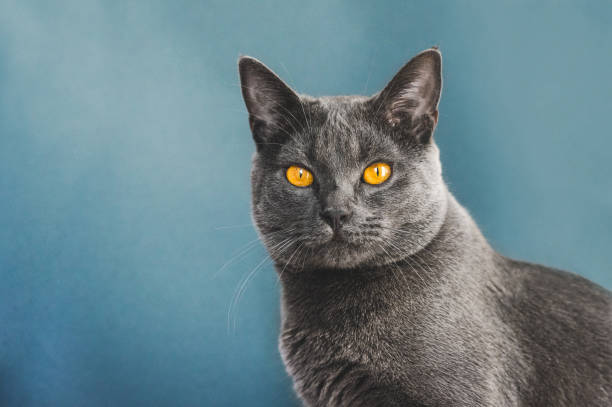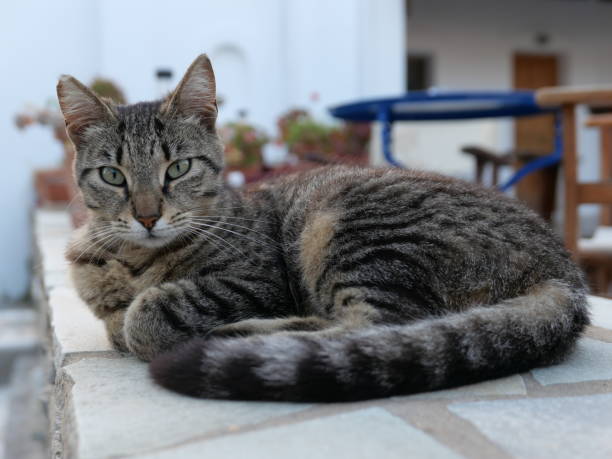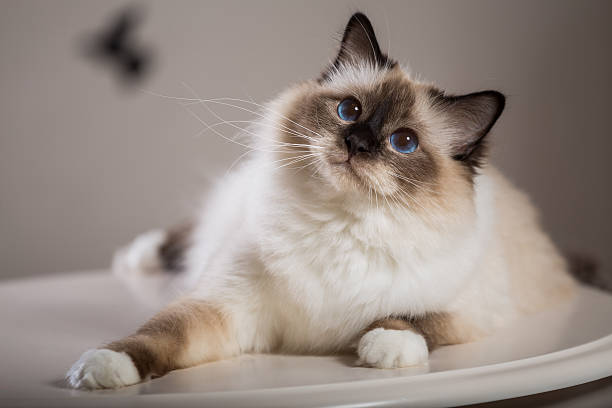How to Choose the Right Cat Breed
The decision to bring a cat into your life is not one that should be made on a whim. Whether you adopt or buy, you are entering into a long-term relationship with a feline that can live for up to 18 years.
Many first time owners focus on looks but temperament and personality should be considered above all else.
Size
The size of your cat can have a significant impact on their personality and the kind of lifestyle they’ll live in. For example, larger cats, like the Maine Coon or the Savannah, tend to be sturdier and stockier than their smaller counterparts. Some also need more attention and care, such as grooming or exercising, and they may need a larger space to roam in.
The average cat’s height is around 13 to 16 inches, and the length of their body varies between breeds. Measuring your pet’s length is easy; all you need is a flexible measuring tape. Avoid using rigid rulers or yardsticks because they’ll probably end up as a game of tug between you and your cat (which, let’s face it, is almost always won by your furry friend). Using a soft, flexible measuring tape will allow you to get accurate measurements without suffocating your cat or restricting their breathing. And don’t forget to include their tail in the measurement!

Getting an accurate neck measurement is essential for collars and harnesses, as well as some types of cat clothing. To do so, wrap the measuring tape around your cat’s neck at the base where a collar would sit. Make sure it’s snug, but not too tight; you should be able to fit two fingers comfortably between the tape and your cat’s neck.
Color
The most common cat colors are black, white, red and blue. There are also other color variants, such as cinnamon, fawn and chocolate. All of these different patterns and shades are due to a combination of genes, much like a paint-by-numbers set.
When it comes to choosing the perfect collar for your kitty, the color shade you select is an important factor in their overall look. You want the shade to complement their fur, and also suit their personality. However, with so many different hues to choose from, it can be difficult to find the best match.

Fortunately, there are some guidelines to help you decide which shade is right for your cat. First, remember that a solid color is one in which there are no markings or spots. This means that a white cat would look stunning with a simple, sleek black collar.
Another consideration is the shade of your kitty’s eyes. This can impact their mood, and can often be a strong indicator of their temperament.
Temperament
While all cats have unique personalities, certain breeds tend to exhibit particular characteristics. For example, Tonkinese cat personality focuses on being happy and extroverted, and they often thrive in homes where their people are around frequently. On the other hand, Catahoulas are dominance oriented and enjoy being in charge of their human family. Research has also shown that certain cat personalities, such as neuroticism, increase the risk of an animal becoming stressed or injured in a home setting, so they may not be ideal for families with young children or other pets.

To get an idea of what a specific cat’s personality will be like in your home, visit a shelter and ask the staff about their experiences with it. Look at the shelter cat-alogue, where next to each photo you’ll find a description of the cat’s temperament and needs. It’s particularly important to consider the age of a cat, because they can experience significant personality changes as they mature.
In addition, you should also be careful about adopting a stray or feral cat. Even though they might seem healthy, strays are more likely to have a number of health issues and could be carrying diseases such as Feline leukemia or meningococcal meningitis. If you’re thinking about adopting a stray, it’s best to bring them to a veterinarian for a full health check before making a decision.
Health
Cats have a number of health and care requirements. A vet can provide you with information about the common illnesses and problems associated with a particular breed. This will help you decide whether the breed is suitable for your lifestyle.
Cats are prone to many illnesses, including respiratory diseases and infectious conditions. They can also suffer from arthritis and other skeletal disorders.
If you want to bring a new cat into your home, consider how it will interact with any existing pets. Some cats prefer to be an only pet, while others get along well with other animals. You should also check with your local shelter to see whether they have any bonded pairs of cats that would be a good fit for your household.
The age of a cat also plays an important role in its health. Kittens tend to be more energetic and playful, and they may require a lot of attention from their owners. On the other hand, mature cats usually have their personalities established and are more likely to adapt to a new environment than young kittens.

